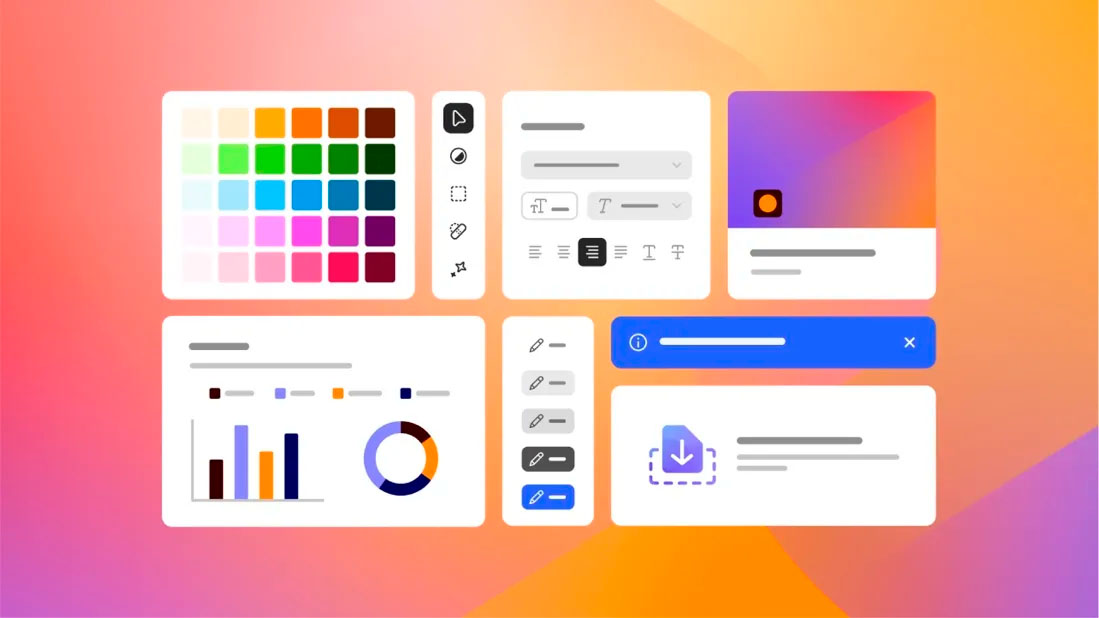Adobe updates its user interfaces with Spectrum 2
- December 13, 2023
- 0
Although when I talk about good work in user interfaces, I usually focus on Apple, the truth is that there are many other companies, such as Adobe, that
Although when I talk about good work in user interfaces, I usually focus on Apple, the truth is that there are many other companies, such as Adobe, that

Although when I talk about good work in user interfaces, I usually focus on Apple, the truth is that there are many other companies, such as Adobe, that also They devote considerable care to this element, key in usability and user experience. And what is already very important when we talk about a single application, device or service, becomes even more important when we refer to a set of them with which we intend to offer a complete experience.
This applies whether we are talking about different versions of the same product (with versions for different operating systems, device types, in a web service format, etc.), in terms of applications, applications and services that maintain a certain relationship. A very clear example of this last case can be found among the main applications that make up the catalog of Adobe solutions. We’ve already talked about Photoshop, Premiere, InDesing, Illustrator… jumping from one application to another, even for the first time, is easier thanks to all the common elements of their respective user interfaces. In my case, I remember when I had to use InDesign for the first time about 20 years ago, and because of my previous experience with Photoshop, I felt comfortable with the application from the first moment.
In the case of Adobe, Spectrum has been responsible for this uniform experience for ten years, the design paradigm on which the user interfaces of your applications and services are based. This cohesion, which provides a unified design environment, not only facilitates leaps like the one I mentioned above, but also helps create a unique brand image that makes element design recognizable and ultimately associated with it. . In other words, having a unified design paradigm is always a highly recommended model.

As I said before, the design of Adobe applications has been based, for a little over 10 years, on Spectra, and although it is still an effective design today, the truth is that the change has already happened. And in response to this need Adobe has just announced and introduced Spectrum 2, a major refresh of its design paradigmwith which Adobe also adapts Spectrum to the great development that the ecosystem of applications, applications and services of this technology veteran has experienced.
According to Adobe, the update of the interface elements focused on three main points:
Deploying Spectrum 2 in Adobe Tools will take place throughout 2024although the company has already shown some interesting advances of this new paradigm, which you can see here.
Source: Muy Computer
Donald Salinas is an experienced automobile journalist and writer for Div Bracket. He brings his readers the latest news and developments from the world of automobiles, offering a unique and knowledgeable perspective on the latest trends and innovations in the automotive industry.